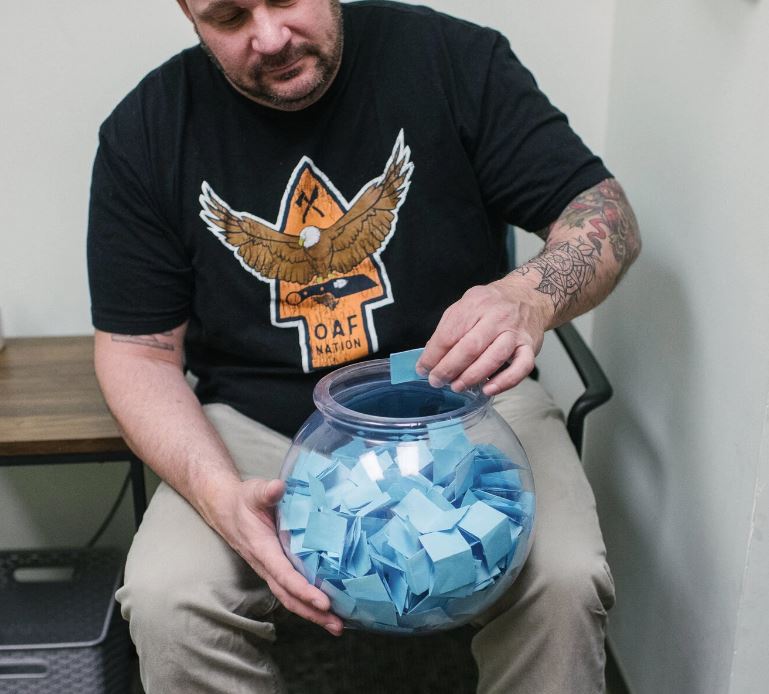Steven Kelty had been addicted to crack cocaine for 32 years when he tried a different kind of treatment last year, one so basic in concept that he was skeptical.
He would come to a clinic twice a week to provide a urine sample, and if it was free of drugs, he would get to draw a slip of paper out of a fishbowl. Half contained encouraging messages — typically, “Good job!” — but the other half were vouchers for prizes worth between $1 and $100.
“I’ve been to a lot of rehabs, and there were no incentives except for the idea of being clean after you finished,” said Mr. Kelty, 61, of Winfield, Pa. “Some of us need something to motivate us — even if it’s a small thing — to live a better life.”
The treatment is called contingency management, because the rewards are contingent on staying abstinent. A number of clinical trials have found it highly effective in getting people addicted to stimulants like cocaine and methamphetamine to stay in treatment and to stop using the drugs. But outside the research arena and the Department of Veterans Affairs, where Mr. Kelty is a patient, it is nearly impossible to find programs that offer such treatment — even as overdose deaths involving meth, in particular, have soared. There were more than 16,500 such deaths last year, according to preliminary data, more than twice as many as in 2016.
Early data suggests that overdoses have increased even more during the coronavirus pandemic, which has forced most treatment programs to move online.
Researchers say that one of the biggest obstacles to contingency management is a moral objection to the idea of rewarding someone for staying off drugs. That is one reason publicly funded programs like Medicaid, which provides health coverage for the poor, do not cover the treatment.
Some treatment providers are also wary of giving prizes that they say patients could sell or trade for drugs. Greg Delaney, a pastor and the outreach coordinator at Woodhaven, a residential treatment center in Ohio, said, “Until you’re at the point where you can say, ‘I can make a good decision with this $50,’ it’s counterproductive.”
As of yet, there are no medicines proven to suppress the intense cravings that come with addiction to meth and cocaine. Instead, there are a raft of behavioral interventions, some of which have very little evidence of effectiveness.
“The most common treatment is to do whatever the hell you feel like,” said Michael McDonell, an associate professor at Washington State University who has conducted a number of studies on contingency management. “We had two statewide meetings about meth recently, and at one, a colleague said, ‘Why aren’t we just doing contingency management? Why would we spend all this money on interventions that won’t work?’”
The fact that no public or private insurer will pay for contingency management, except in a few pilot programs, is a major challenge to expanding it; the biggest obstacle is that offering motivational rewards to patients has been interpreted as violating the federal anti-kickback statute. A group of treatment experts recently asked the Department of Health and Human Services to waive the statute for two years as it pertains to contingency management, but the agency refused, saying programs that provide rewards need to be evaluated on a case-by-case basis.
Congress recently told states that they could start spending federal “opioid response” grants on treatment for stimulant addiction, but the agency that distributes the grants allows only $75 per patient, per year to be spent on contingency management — far less than what research has found effective.
“The biggest question is how do we get the payers on board with this,” said Eric Gastfriend, the chief executive of DynamiCare Health, a technology company in Boston that has worked with BrightView and other treatment programs to provide contingency management through a phone app that patients can use to share saliva test results with providers in real time, via video. For rewards, patients can earn up to $600 over the course of a year through DynamiCare, on a debit card that blocks cash withdrawals and purchases at liquor stores and bars based on merchant category codes.
